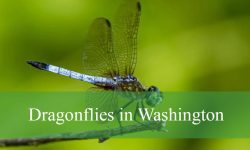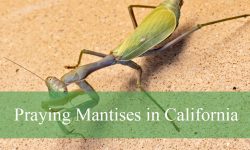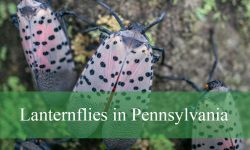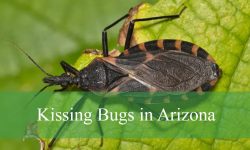Michigan is home to a variety of wildlife, and among its most recognizable mammals are skunks. Known for their iconic black-and-white coloring and their unique defense mechanism, skunks play an important role in Michigan’s ecosystems. Living in or visiting Michigan means it’s useful to know which skunk species might be encountered, how to identify them, and some interesting facts about their behavior and habitat.
This article covers the 3 types of skunks in Michigan in detail. It explores their physical features, size, behavior, habitat preferences, and identification tips, along with fun facts and ecological importance. This guide provides all the information needed to recognize and understand Michigan’s skunks, whether for nature appreciation or wildlife management.
What Are Skunks? An Overview
Before diving into the specific species, it’s useful to understand what skunks are in general. Skunks are small to medium-sized mammals belonging to the family Mephitidae. They are best known for their ability to spray a foul-smelling liquid as a defense mechanism against predators. Their coloration is usually black and white, which serves as a warning signal.
Skunks are omnivores and opportunistic feeders. They consume a variety of insects, small mammals, eggs, fruits, and plants. Despite their infamous smell, skunks are generally not aggressive and prefer to avoid humans and larger animals.
Common Skunks Found in Michigan
Striped Skunk (Mephitis mephitis)
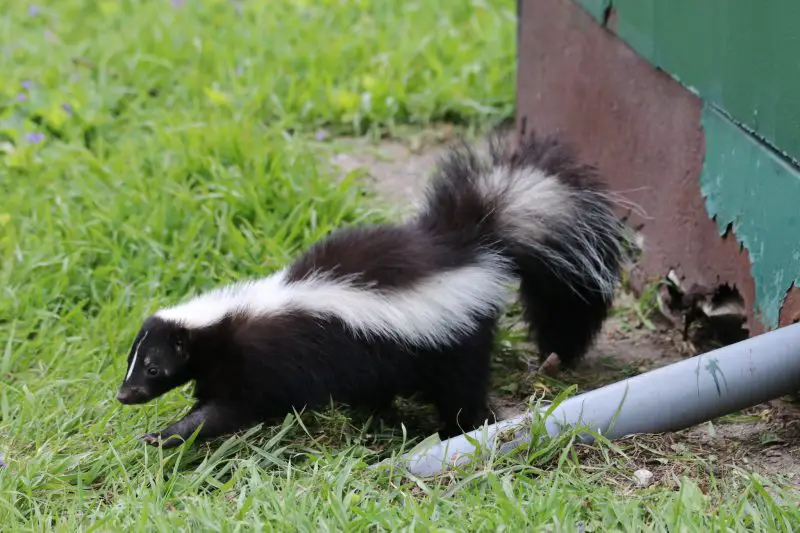
The Striped Skunk is the most common skunk species found throughout Michigan. It is easily recognized by its distinctive black fur with two prominent white stripes that run from the top of its head down its back, often merging into a single stripe near the tail. The fur is thick and dense, providing insulation during Michigan’s cold winters. Its rounded body shape and bushy tail add to its characteristic silhouette.
In terms of size, adult Striped Skunks typically measure between 20 to 31 inches long, including their tail, and weigh from 4 to 10 pounds. Males are usually larger than females. The size and weight can vary slightly depending on the availability of food and seasonal changes. This medium-sized mammal has small ears, a pointed snout, and short legs suited for digging and foraging.
Behaviorally, Striped Skunks are mostly nocturnal, coming out at night to hunt for insects, small rodents, eggs, fruits, and plants. They are solitary animals except during mating season or when mothers are raising their young. When threatened, they use a combination of warning signs such as stamping their feet and raising their tails before releasing a strong, foul-smelling musk from glands located near the base of their tails. This spray can deter most predators and can be smelled from up to a mile away.
In Michigan, Striped Skunks inhabit a wide range of environments including forests, farmlands, suburban neighborhoods, and even urban areas. They are highly adaptable and can nest in hollow logs, abandoned burrows, or under buildings. A fun fact is that despite their notorious smell, Striped Skunks rarely spray unless seriously provoked, preferring to give multiple warnings first. Their presence helps control insect and rodent populations, making them an important part of the ecosystem.
Eastern Hog-nosed Skunk (Conepatus leuconotus)
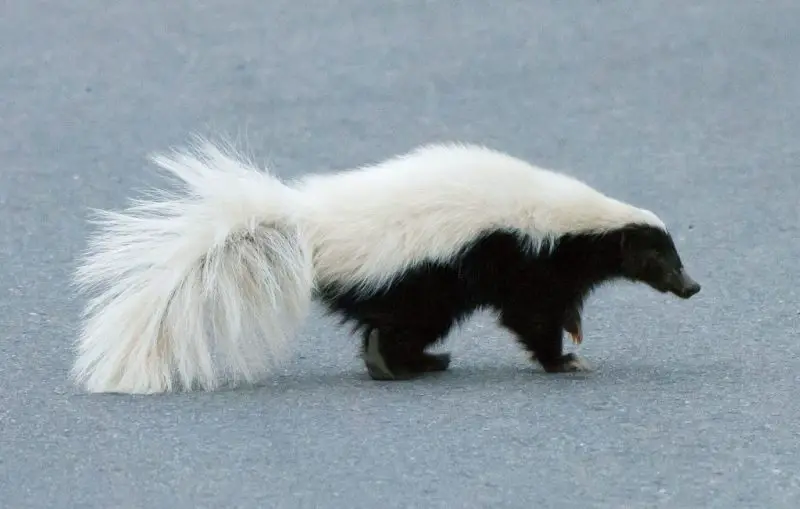
The Eastern Hog-nosed Skunk is not native to Michigan and is rarely, if ever, found in the state. This species is more commonly found in the central and southern parts of the United States, including states like Texas and Oklahoma. Unlike the Striped Skunk, it has a more mottled black-and-white coat and a distinctive upturned, pig-like snout that is well-adapted for digging in the soil to find insects and grubs.
In terms of size, the Eastern Hog-nosed Skunk is somewhat larger and more slender than the Striped Skunk, measuring around 22 to 28 inches in length, with a similarly bushy tail. Their weight ranges from 5 to 9 pounds. The upturned nose is a unique identification feature, giving it a somewhat pig-like appearance which is uncommon among skunks.
This species is mostly nocturnal and solitary, relying on its keen sense of smell and digging ability to locate food underground. Its diet consists mainly of insects, larvae, earthworms, and occasionally small reptiles. While it can spray its musk as a defense, the Eastern Hog-nosed Skunk is known to rely more on its burrowing skills and camouflage to avoid predators.
Though not found in Michigan, this species’ unique behaviors and physical traits make it an interesting skunk relative. Its adaptation for digging and distinct facial shape stand out among skunks across North America. Its absence in Michigan means it has no direct impact on the local ecosystem or human interaction in that state.
Spotted Skunk (Spilogale putorius)

The Spotted Skunk is a smaller and more elusive species compared to the Striped Skunk and is generally not present in Michigan. It is identified by its striking black fur with broken white stripes and spots arranged irregularly across its body, creating a distinct spotted or dashed pattern. The fur is softer and shorter than that of the Striped Skunk, and the overall body is more slender and agile.
Adult Spotted Skunks measure around 13 to 18 inches in length and weigh about 1.5 to 3 pounds, making them significantly smaller than their striped relatives. Their tail is bushy but proportionally smaller, and they have large eyes and ears, which assist in their nocturnal activities. Their smaller size and agility make them excellent climbers, sometimes seen in low trees or shrubs.
Spotted Skunks are primarily nocturnal and exhibit unique defensive behaviors including hand-standing on their front legs and performing a “dance” to warn predators before spraying. They are omnivorous, feeding on insects, small mammals, birds, eggs, fruits, and berries. Their secretive nature and erratic movement patterns make them harder to spot than Striped Skunks.
Though rare or absent in Michigan, Spotted Skunks have an important ecological role in controlling insect and rodent populations in areas where they exist. Their unique “dancing” defense behavior is a fun and unusual fact that distinguishes them from other skunks. Lack of established populations means they do not affect Michigan’s ecosystems or human interactions.
How to Identify Skunks in Michigan: Tips for Residents
Look for the Stripes and Patterns
The easiest way to identify a skunk is by its black and white coloration. In Michigan, the Striped Skunk’s bold, unbroken stripes are a giveaway. If you see a mottled or spotted pattern, it’s likely not a common local skunk.
Watch for Behavior
Skunks often give warning signals before spraying: stomping feet, raising tails, and sometimes making a hissing noise. These behaviors can help you identify the animal without getting too close.
Listen for Nocturnal Activity
Since skunks are mainly nocturnal, you might hear rustling in your yard or neighborhood at night. Their foraging sounds, such as digging or scratching, are good clues.
Be Cautious Around Dens
Skunks often nest in burrows, under decks, or near sheds. Avoid disturbing these areas, especially in spring and early summer when mothers are raising young.
Why Are Skunks Important to Michigan’s Ecosystem?
Skunks play an essential role in controlling insect and rodent populations, helping maintain a balanced ecosystem. Their diet includes many pest species that could otherwise damage crops or spread disease. Additionally, they serve as prey for larger predators, contributing to the food web.
Though their spray is unpleasant to humans, it is an effective defense that helps skunks survive in areas with many predators. Educating the public about skunks encourages coexistence and reduces unnecessary fear or harm to these beneficial animals.
How to Coexist Safely with Skunks in Michigan
To coexist safely with skunks in Michigan, it is important to take a few practical steps to minimize unwanted encounters.
First, secure your garbage and compost by keeping lids tightly closed and avoid leaving pet food outdoors, as skunks are attracted to easily accessible food sources.
Next, seal off any entry points under decks, porches, or sheds where skunks might choose to den, preventing them from settling too close to your home.
Many homeowners find success using natural repellents, such as strong-smelling substances or motion-activated lights, which can help deter skunks from frequenting their property.
It is crucial to avoid handling skunks directly—never try to pick one up or corner it—as this can provoke them to spray or bite in self-defense.
Finally, if a skunk problem persists and becomes difficult to manage, it is best to contact local wildlife control professionals who can safely and humanely remove the animals.
FAQs About Skunks in Michigan
What types of skunks are found in Michigan?
The primary skunk species in Michigan is the Striped Skunk (Mephitis mephitis). Other species like the Spotted Skunk and Eastern Hog-nosed Skunk are not commonly found or established in the state.
How can I identify a Striped Skunk?
Striped Skunks have a black body with two prominent white stripes running from the head down the back, often merging near the tail. They have a bushy tail and a rounded body shape.
Are skunks dangerous to humans or pets?
Skunks generally avoid humans and only spray when threatened or provoked. Their spray is a strong-smelling musk that can cause temporary discomfort but is not harmful. Skunks can carry diseases like rabies, so avoid close contact.
What should I do if I find a skunk on my property?
It’s best to give the skunk plenty of space and avoid sudden movements. Remove food sources such as pet food or garbage that may attract them. If necessary, contact local animal control for safe removal.
Do skunks hibernate in Michigan?
Skunks do not fully hibernate but may enter a state of torpor during the coldest months. They reduce activity but can wake up periodically to forage.
What do skunks eat in Michigan?
Skunks are omnivores and eat insects, small rodents, fruits, plants, and eggs. They help control pest populations naturally.
Can skunks be beneficial to the environment?
Yes, skunks play an important role by controlling insects and rodent populations, contributing to a balanced ecosystem.


